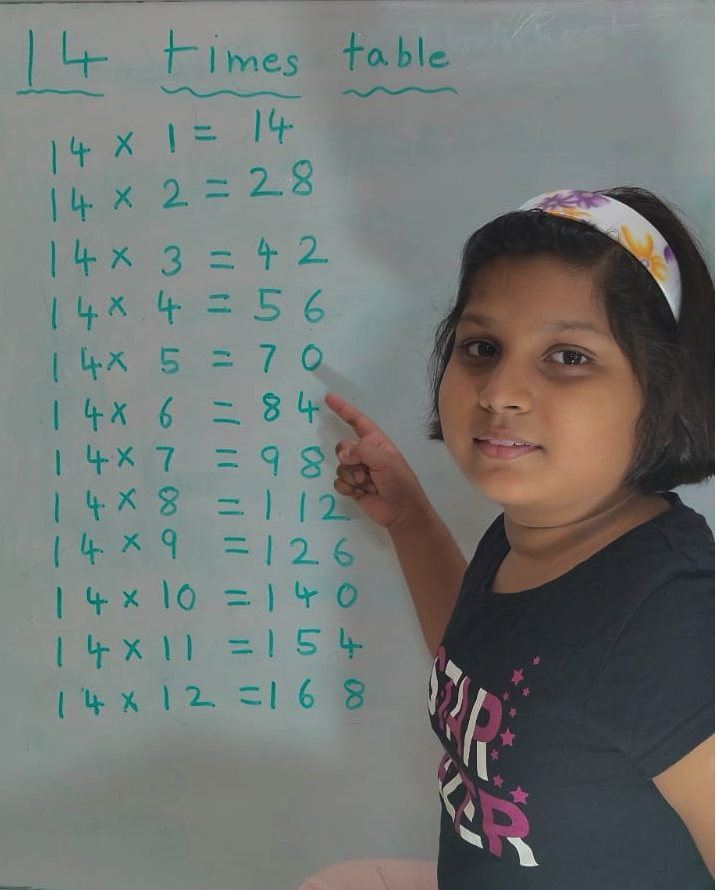Variable Rate of Compound Interest
We will discuss here how to use the formula for variable rate of compound interest.
When the rate of compound interests for successive/consecutive years are different (r 1%, r 2%, r 3%, r 4%, .................. ) then:
A = P( 1 + r1100)(1 + r2100)(1 + r3100) .............
Where,
A = amount;
P = principal;
r 1, r 2, r 3, r 4.......... = rates for successive years.
Word problems on variable rate of compound interest:
1. If the rate of compound interest for the first, second and third year be 8%, 10% and 15% respectively, find the amount and the compound interest on $ 12,000 in 3 years.
Solution:
The man will receive an interest of 8% in the first year, 10% in the second year and 15% in the third year.
Therefore,
Amount = P( 1 + r1100)(1 + r2100)(1 + r3100)
⟹ A = $ 12,000(1 + 8100)(1 + 10100)(1 + 15100)
⟹ A = $ 12,000 (1 + 8/100)(1 + 10/100)(1 + 15/100)
⟹ A = $ 12,000 × 267/25 × 11/10 × 23/20
⟹ A = $ 12,000 × 68315000
⟹ A = $ 16,394.40
Therefore, the required amount = $ 16,394.40
Therefore, the compound interest = Final amount - Initial principal
= $ 16,394.40 - $ 12,000
= $ 4,394.40
2. Find the compound interest accrued by Aaron from a bank on $ 16000 in 3 years, when the rates of interest for successive years are 10%, 12% and 15% respectively.
Solution:
For the first year:
Principal = $ 16,000;
Rate of interest = 10% and
Time = 1 years.
Therefore, interest for the first year = P×R×T100
= $ 16000×10×1100
= $ 160000100
= $ 1,600
Therefore, the amount after 1 year = Principal + Interest
= $16,000 + $ 1,600
= $ 17,600
For the second year, the new principal is $ 17,600
Rate of interest = 12% and
Time = 1 years.
Therefore, the interest for the second year = P×R×T100
= $ 17600×12×1100
= $ 211200100
= $ 2,112
Therefore, the amount after 2 year = Principal + Interest
= $ 17,600 + $ 2,112
= $ 19,712
For the third year, the new principal is $ 19,712
Rate of interest = 15% and
Time = 1 years.
Therefore, the interest for the third year = P×R×T100
= $ 19712×15×1100
= $ 295680100
= $ 2,956.80
Therefore, the amount after 3 year = Principal + Interest
= $ 19,712 + $ 2,956.80
= $ 22,668.80
Therefore, the compound interest accrued = Final amount - Initial principal
= $ 22,668.80 - $ 16,000
= $ 6,668.80
3. A company offers the following growing rates of compound interest annually to the investors on successive years of investment.
4%, 5% and 6%
(i) A man invests $ 31,250 for 2 years. What amount will he receive after 2 years?
(ii) A man invests $ 25,000 for 3 years. What will be his gain?
Solution:
The man will get 4% for the first year, which will be compounded at the end of the first year. Again for the second year, he will get 5%. So,
A = P( 1 + r1100)(1 + r2100)
⟹ A = $ 31250(1 + 4100)(1 + 5100)
⟹ A = $ 31250 × 26/25 × 21/20
⟹ A = $ 34,125
Therefore, at the end of 2 years he will receive $ 34125.
(ii) The man will receive an interest of 4% in the first year, 5% in the second year and 6% in the third year.
Therefore,
Amount = P( 1 + r1100)(1 + r2100)(1 + r3100)
⟹ A = $ 25000(1 + 4100)(1 + 5100)(1 + 6100)
⟹ A = $ 25000 × 26/25 × 21/20 × 53/50
⟹ A = $ 28,938
Therefore, he gain = Final amount - Initial principal
= $ 28,938 - $ 25000
= $ 3,938
● Compound Interest
Compound Interest with Growing Principal
Compound Interest with Periodic Deductions
Compound Interest by Using Formula
Practice Test on Compound Interest
● Compound Interest - Worksheet
Worksheet on Compound Interest
Worksheet on Compound Interest with Growing Principal
Worksheet on Compound Interest with Periodic Deductions8th Grade Math Practice
From Variable Rate of Compound Interest to HOME PAGE
Didn't find what you were looking for? Or want to know more information about Math Only Math. Use this Google Search to find what you need.
Recent Articles
-
Vertical Subtraction | Examples | Word Problems| Video |Column Method
Mar 22, 25 05:20 PM
Vertical subtraction of 1-digit number are done by arranging the numbers column wise i.e., one number under the other number. How to subtract 1-digit number vertically? -
Worksheet on 11 Times Table | Printable Multiplication Table | Video
Mar 22, 25 05:08 PM
Worksheet on 11 times table can be printed out. Homeschoolers can also use these multiplication table sheets to practice at home. -
Worksheet on 10 Times Table | Printable Multiplication Table | Video
Mar 21, 25 03:46 PM
Worksheet on 10 times table can be printed out. Homeschoolers can also use these multiplication table sheets to practice at home. -
5th Grade Prime and Composite Numbers | Definitions | Examples | Math
Mar 21, 25 12:18 AM
5th grade prime and composite numbers -
14 Times Table | Read and Write Multiplication Table of 14| Video
Mar 20, 25 04:03 PM
In 14 times table we will learn how to read and write multiplication table of 14. We read fourteen times table as:One time fourteen is 14 Two times fourteen are 28 Three times fourteen are 42





New! Comments
Have your say about what you just read! Leave me a comment in the box below. Ask a Question or Answer a Question.